Why Explore Iran's Ecotourism Wonders
Ecotourism, a form of responsible travel, prioritizes the preservation of natural environments and cultural heritage while benefiting local communities.
Iran, with its diverse landscapes and rich biodiversity, offers a wealth of opportunities for ecotourism enthusiasts. From the towering Alborz Mountains to the vast Dasht-e Kavir desert, Iran's unique geography encompasses a variety of ecosystems, each harboring a distinct array of flora and fauna.
This blog post explores ecotourism in Iran, highlighting the country’s natural wonders, cultural richness, and sustainable tourism practices.
Iran's Natural Diversity
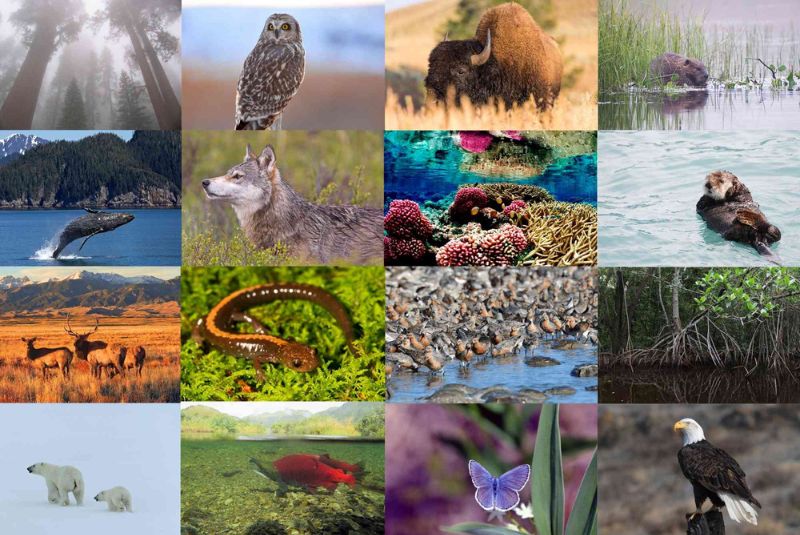
Iran possesses a remarkable diversity of geographical features. This varied landscape provides a habitat for a rich tapestry of ecosystems, each playing a crucial role in the country's ecological balance.
- Mountains: The prominent Alborz mountain range stretches along the northern border, with several peaks exceeding 4,000 meters, including the majestic Mount Damavand, the highest peak in the country. These mountains play a crucial role in regulating regional climate, providing crucial water resources through snowmelt and precipitation, and harboring unique alpine ecosystems. The Alborz Protected Area safeguards a significant portion of this mountain range, promoting the conservation of its diverse flora and fauna.
- Deserts: The central Iranian plateau is dominated by the vast Dasht-e Kavir (Great Salt Desert) and Dasht-e Lut (Empty Quarter), renowned for their stark beauty and unique desert ecosystems. These arid regions, despite their harsh conditions, support specialized plant and animal life adapted to extreme temperatures and limited water availability. The Central Desert Protected Area encompasses a portion of the Dasht-e Kavir, aiming to protect its fragile desert ecosystem and endemic species. (Check out our Desert Tour Packages)
- Forests: Pockets of diverse forests are scattered throughout Iran, ranging from the lush Caspian Hyrcanian forests in the north, designated as a UNESCO World Heritage Site, to the Zagros Oak woodlands in the west. These forests provide vital habitat for numerous species, including the endangered Persian leopard, contribute significantly to soil conservation by preventing erosion, and play a crucial role in water regulation by maintaining healthy watersheds. The Hyrcanian forests are a prime example, showcasing remarkable biodiversity with over 2,000 plant species and serving as a critical sanctuary for endangered wildlife.
- Coastal Areas: Iran boasts a lengthy coastline with diverse marine ecosystems along the Caspian Sea in the north and the Persian Gulf and Gulf of Oman in the south. These coastal areas serve as critical breeding grounds for migratory birds, such as the endangered Siberian Crane, support unique marine life like dolphins and coral reefs, and contribute to the country's overall biodiversity. Marine protected areas like Najvan Marine Protected Area in the Persian Gulf are crucial for safeguarding these valuable ecosystems and their inhabitants.
| Read more: Iran's Natural Attractions
Why Choose Iran for Your Ecotourism Adventure?
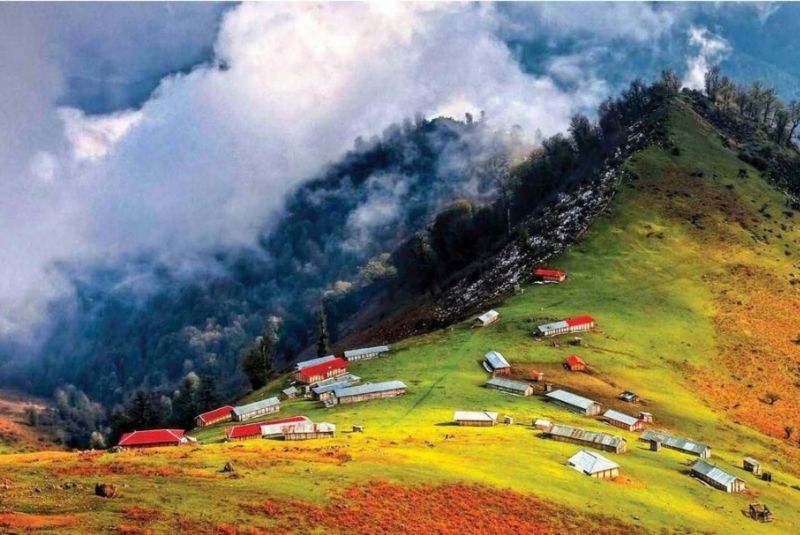
Iran's diverse landscapes harbor a rich tapestry of unique flora and fauna, making it a captivating destination for ecotourism enthusiasts.
- Unique Flora and Fauna: Iran boasts a remarkable number of endemic species, meaning they are found nowhere else on Earth. The Asiatic cheetah (Acinonyx jubatus venaticus), the Persian leopard (Panthera pardus ciscaucasica), and the Persian fallow deer (Dama mesopotamica) are prime examples of this unique biodiversity. There are many must-visit natural attractions in Iran for ecotourists. Biodiversity hotspots like the Caspian Hyrcanian forests and the Zagros Mountains, provide critical habitat for a wide range of animals and plants, attracting nature enthusiasts and researchers alike.
- Cultural Richness: Ecotourism in Iran often integrates traditional lifestyles with nature exploration. Visitors can experience the hospitality of local communities, learn about ancient cultural practices like nomadic pastoralism, and gain a deeper understanding of the relationship between people and their environment. This integration fosters cultural exchange and appreciation for the region's heritage.
| Interested in visiting Iran? Check out our Iran tour packages to find the best!
Top Ecotourism Destinations in Iran
Iran offers a diverse range of ecotourism destinations, each showcasing unique natural and cultural experiences:
Golestan National Park
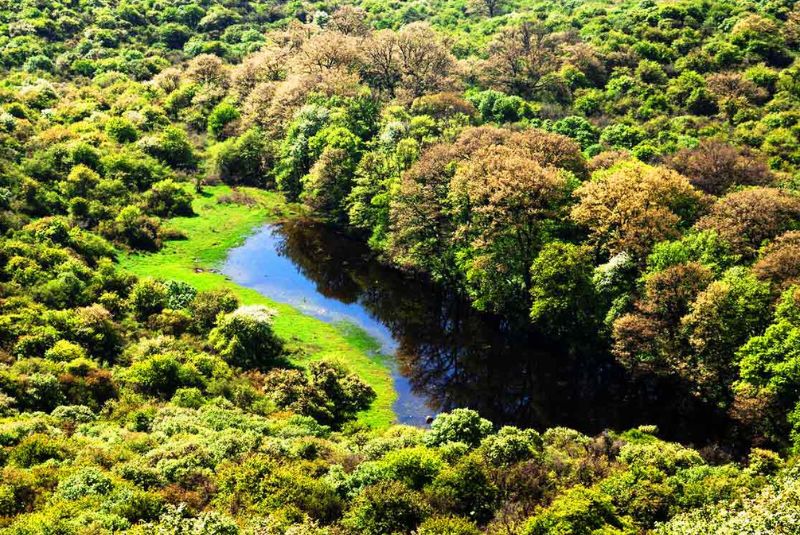
Located in northeastern Iran, Golestan National Park, located in northeastern Iran, is a UNESCO World Heritage Site known for its diverse landscapes. From lush forests and open grasslands to bird-filled wetlands, the park provides a home for endangered animals like the Asiatic cheetah. Visitors can enjoy hiking, birdwatching, and camping while following responsible practices.
Hormoz Island

Situated in the Persian Gulf, Hormoz Island is known for its stunning natural beauty. The island boasts fascinating rock formations, colorful landscapes, and a vibrant underwater world teeming with marine life. Visitors can enjoy eco-friendly activities like exploring the unique rock formations, snorkeling amongst coral reefs, and observing the diverse bird species.
| Related: Rainbow Valley on Hormuz Island + Photos
Masuleh Village
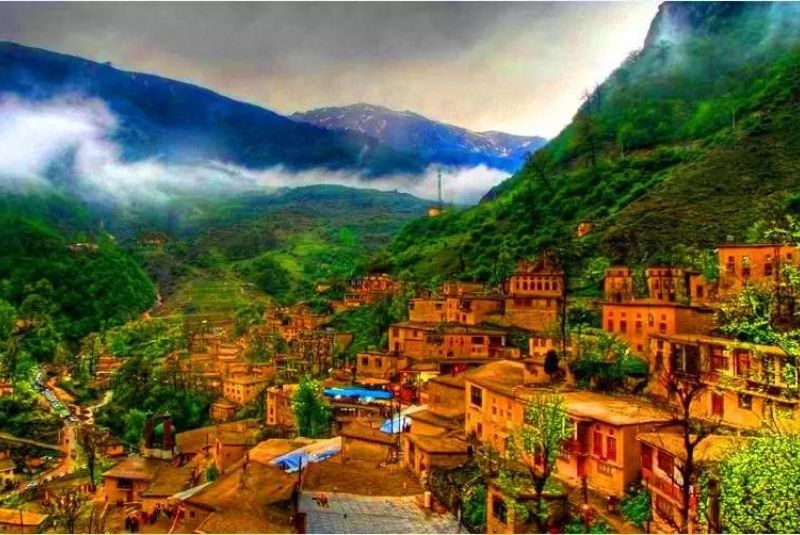
Masuleh Village, a charming mountain village in northern Iran, enchants visitors with its cascading houses built into the hillside. This unique architectural wonder offers opportunities for ecotourism, including trekking through lush forests, experiencing local hospitality, and savoring regional cuisine.
| Suggestion: Top Iran Fruits - Seasonal Treats & Benefits
Hara Forests of Qeshm Island
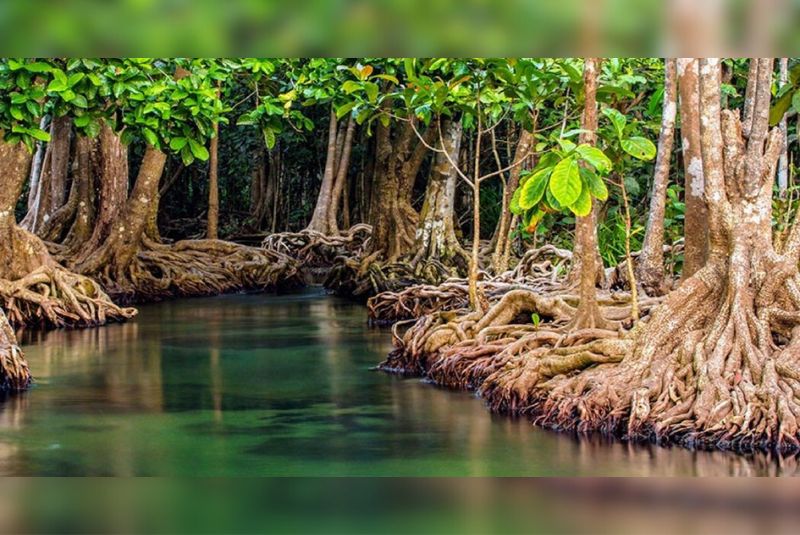
Qeshm Island, located in the Persian Gulf, harbors the unique Hara Forests, a network of mangrove ecosystems vital for the island's ecological balance. Ecotourism experiences here include boat tours through the mangrove forests, wildlife spotting, and staying in eco-friendly accommodations.
Badab-e Surt

Located in Kermanshah Province, Badab-e Surt is a mesmerizing travertine terrace formation created by mineral springs. The cascading pools of turquoise and ochre water create a surreal landscape, offering a unique hiking and photography experience.
Shahdad Kaluts

The Lut Desert, home to the UNESCO World Heritage Site Kaluts, boasts wind-sculpted sandstone formations resembling towering castles. Exploring these otherworldly landscapes is a captivating adventure for geology enthusiasts.
| Read the complete article: Shahdad with Magnificent Landscapes of Kaluts
Lush Turkmen Sahra
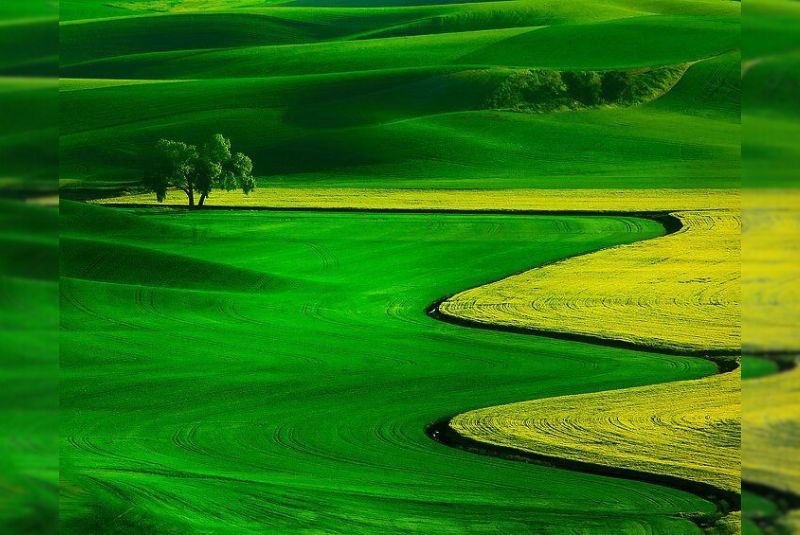
This verdant region in northeastern Iran offers a stark contrast to the arid deserts. Rolling grasslands, cascading waterfalls, and diverse wildlife provide opportunities for trekking, horseback riding, and experiencing the nomadic culture of the Turkmen people.
Martian Mountains
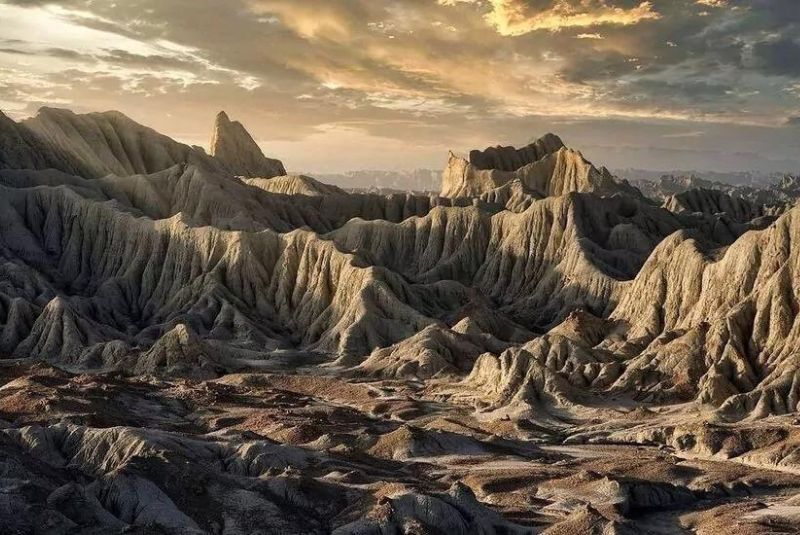
Venture into the otherworldly landscapes of the Martian Mountains, a region with barren, rocky formations resembling the surface of Mars. This unique geological wonder offers a glimpse into the raw beauty and diversity of Iran's natural landscapes.
Maranjab Desert
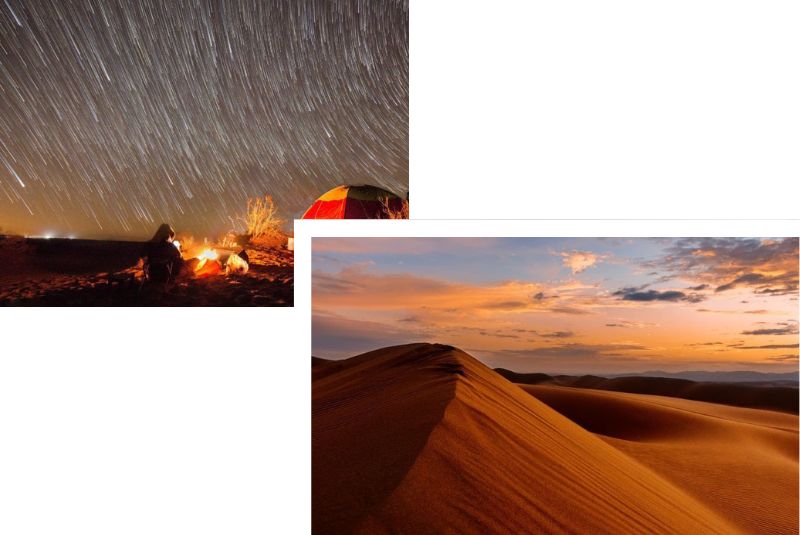
This central Iranian desert, known for its towering sand dunes and salt flats, offers a chance for desert camping, off-road adventures, and stargazing under clear night skies.
| Read the complete article: Maranjab Desert
Chahkooh Canyon
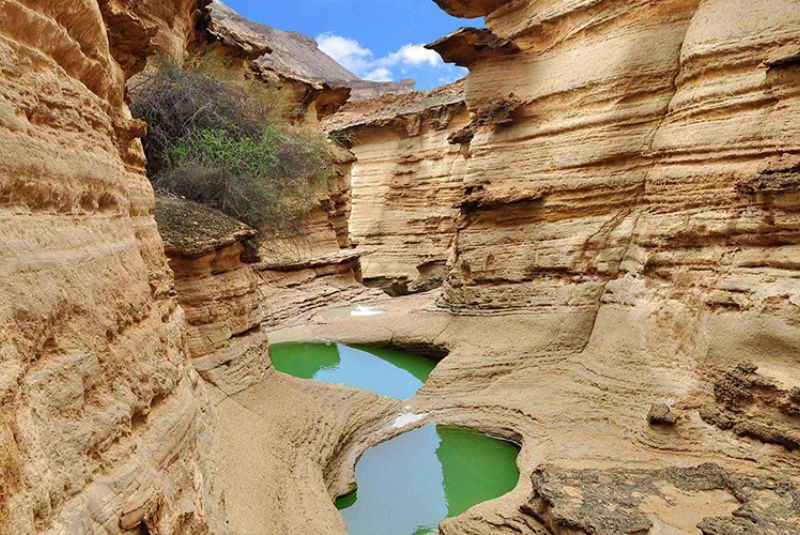
Nestled in the Zagros Mountains on Qeshm island, Chahkooh Canyon presents a challenging yet rewarding adventure for canyoneering enthusiasts. The dramatic rock formations, waterfalls, and narrow passages provide a thrilling experience amidst a stunning natural landscape.
Latun Waterfall
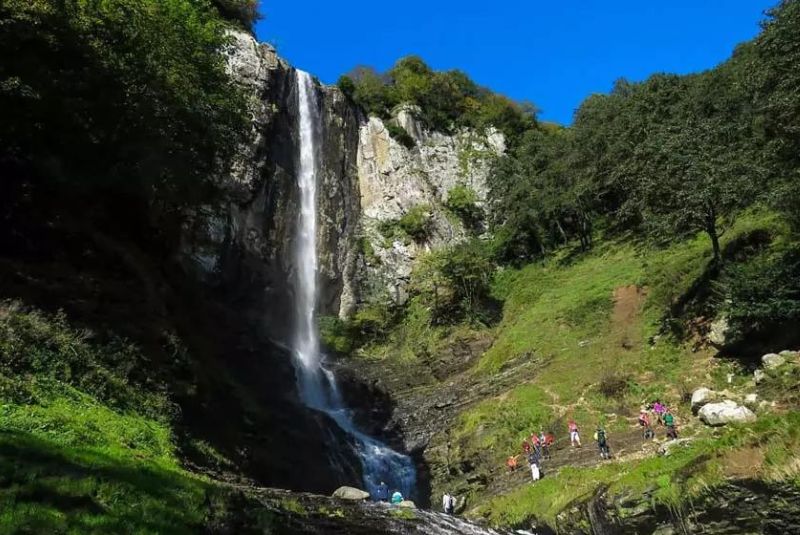
Cascading amidst lush forests in Gilan Province, Latun Waterfall is the tallest in Iran. Visitors can enjoy the refreshing mist, scenic surroundings, and the opportunity for rappelling down the falls for the adventurous.
| Related: Top 20 Most Beautiful Waterfalls in Iran
Darak Beach
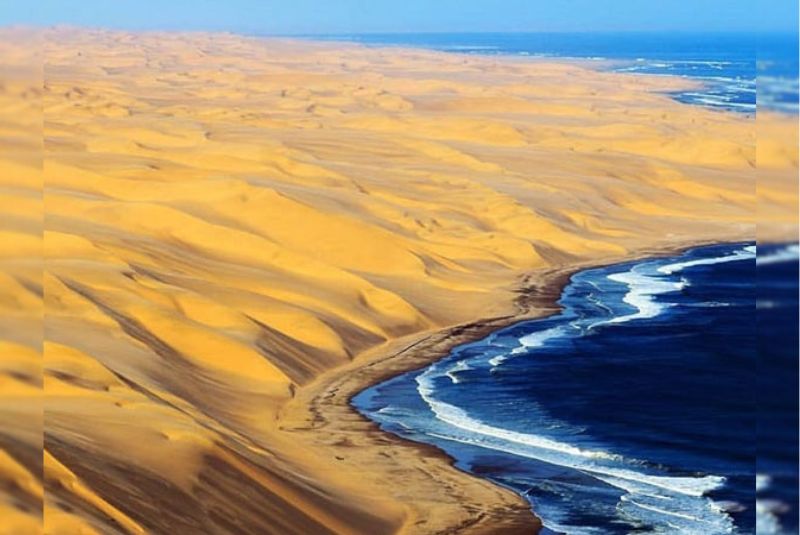
On Iran's Makran Coast, Darak Beach is a special spot where the desert meets the sea. It's a peaceful getaway with a beautiful untouched coastline, clear waters perfect for swimming and snorkeling, and a calm atmosphere for relaxation.
Cloud Forest

The Jangal-e Abr, also known as the Cloud Forest, is a unique ecological zone situated within the Alborz mountain range in Semnan Province, northeastern Iran. This forest is characterized by its frequent cloud cover, creating a misty and ethereal atmosphere.
Part of the ancient Hyrcanian forests, Jangal-e Abr boasts a rich biodiversity due to its specific climate. This makes it a valuable site for diverse flora and fauna, attracting ecotourists seeking a unique natural experience in Iran. Hiking trails wind through the forest, allowing visitors to explore this mystical ecosystem.
| Suggestion: Arasbaran Forest - A Haven for Nature Lovers
Ali Sadr Cave
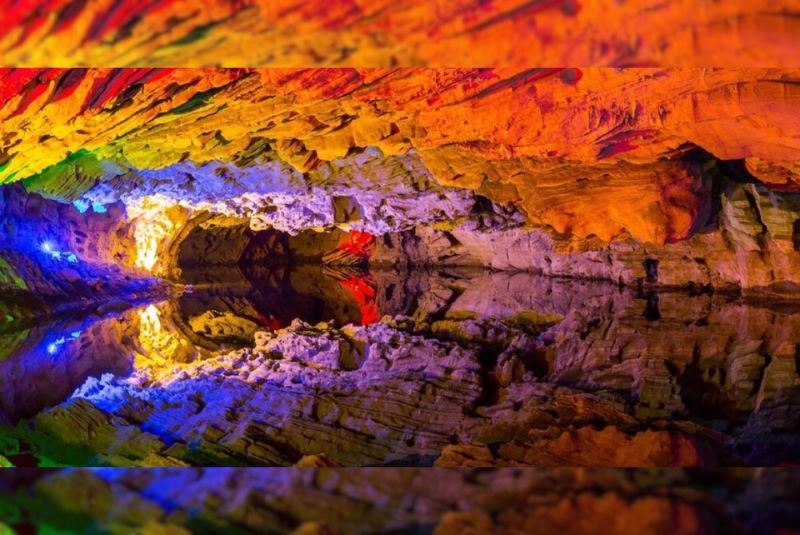
Located in Hamadan Province, Iran, Ali Sadr Cave holds the title of the world's largest water cave. Boat tours through the cave's network of chambers and glistening waters offer a truly unforgettable experience.
| Discover: Most Famous Caves of Iran
Stars Valley

Found on Qeshm Island, Stars Valley is a geological wonder known for its otherworldly rock formations. Wind and water erosion have carved the landscape into a breathtaking maze of canyons, pinnacles, and valleys, creating a visual feast for nature enthusiasts. The Stars Valley, a designated UNESCO Starlight Reserve, offers exceptional stargazing opportunities for astronomy enthusiasts and nature lovers alike.
| Suggestion: 13 Best Autumn Destinations in Iran
Ecotourism Experience in Iran: Packing Tips
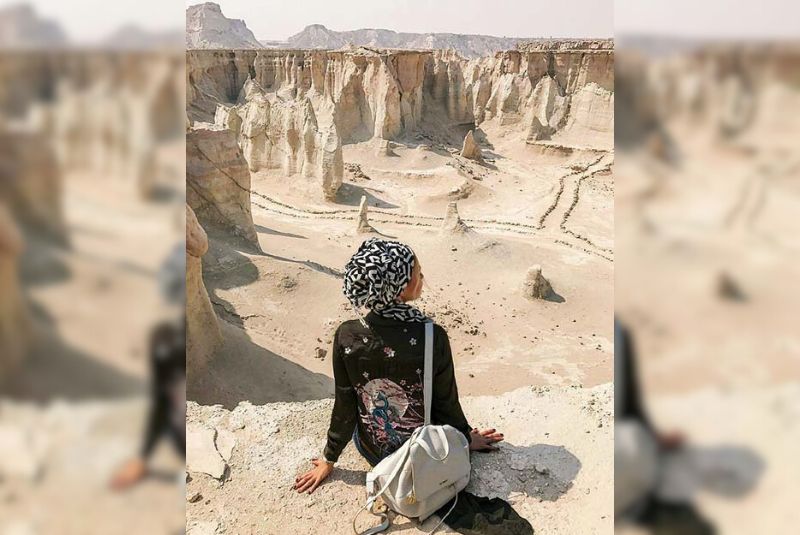
To ensure a hassle-free and eco-friendly adventure in Iran, ecotourists must pack thoughtfully. Here are some essential items to pack for a well-equipped journey:
- Climate-Specific Gear: Depending on your chosen destinations, consider packing a sleeping bag, tent, or other camping equipment suitable for the expected weather conditions.
- Hydration: A reusable water bottle and a water purification system or tablets are vital, especially in remote areas.
- Navigation: Pack a compass, detailed maps of your planned routes, and consider a GPS device for added security.
- First-Aid Kit: Be prepared for minor injuries with a well-stocked first-aid kit.
- Reusable Bags: Minimize waste by carrying reusable bags for shopping and packing personal belongings.
- Sunscreen and Insect Repellent: Choose eco-friendly, biodegradable options to minimize environmental impact.
- Power Bank: Pack a portable power bank to keep your electronic devices charged in remote areas.
- Headlamp or Flashlight: Essential for nighttime navigation and exploring caves or dark environments.
- Local Currency: Carry enough Iranian money for smaller purchases and interactions with local communities.
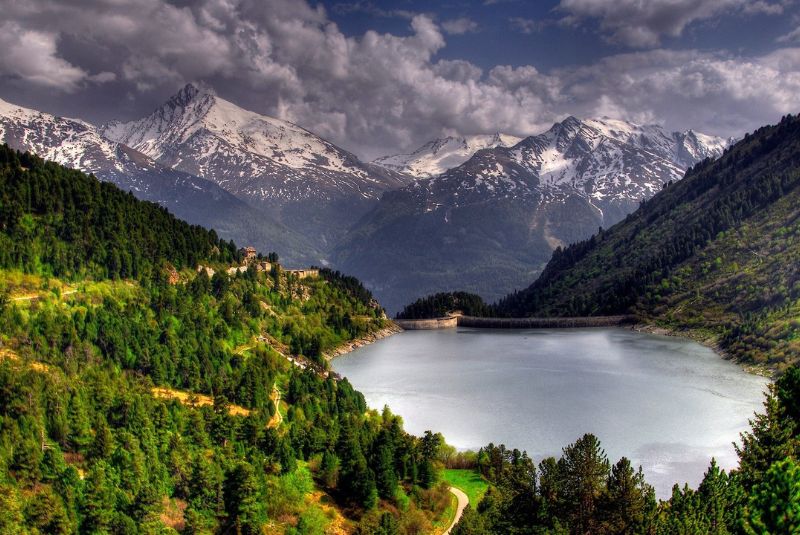
Final Takeaway
Ecotourism in Iran offers a unique opportunity to explore the country's breathtaking natural wonders, diverse wildlife, and rich cultural heritage while adhering to responsible practices. From mountains to beaches, Iran has something for everyone who loves nature and wants a sustainable, cultural trip.
Share your story!
Comment below and let us know about your Experience.
Your story inspires others!


Comment
Leave a Comment